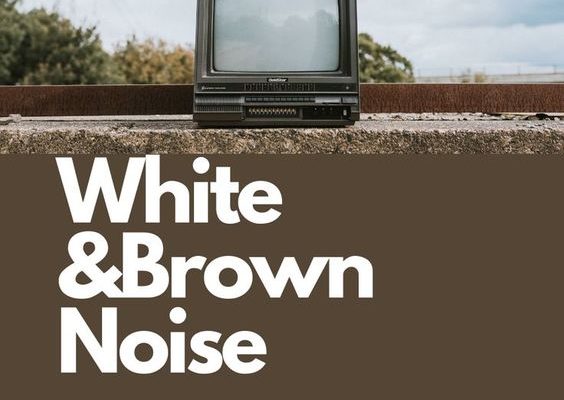White Noise vs. Brown Noise: Which One Is Best for Sleep?

Sleep is a vital component of our daily lives, and the quest for a good night’s rest has led many to explore various aids. Among these, sound therapy using white noise and brown noise has gained popularity due to its ability to mask disruptive sounds and potentially enhance sleep quality. But what’s the difference between white noise and brown noise, and which one is more effective for sleep?
White noise consists of all audible frequencies distributed evenly across the spectrum, creating a “shushing” sound similar to a radio tuned between stations or a running fan. This type of noise is effective in masking environmental sounds because it contains a balance of high and low frequencies, making it harder for sudden noises like door slams or car horns to disturb sleep.
Brown noise, on the other hand, also referred to as red noise, has more emphasis on lower frequencies. It generates a deep, pulsating background much like the sound of a strong wind or a roaring waterfall. The power of brown noise lies in its ability to produce a soothing effect that many find calming and conducive to sleep without the potential harshness of higher frequencies found in white noise.
The best choice for sleep will vary from person to person since individual preferences and sensitivities play a significant role. For those sensitive to high-frequency sounds or who find white noise too static, brown noise could be the perfect alternative. It’s particularly noted for its ability to aid in relaxation and deepening sleep.
In contrast, others may prefer white noise because it can be better at masking environmental noises that might otherwise wake them up during the night. Its consistency across frequencies can provide a sort of acoustic cocoon that many find reassuring.
Ultimately, whether you choose white noise or brown noise for sleep enhancement should come down to personal preference and effectiveness in drowning out disruptive sounds. Experimenting with both types can help determine which one offers you the best night’s rest.
The key takeaway is that there isn’t a one-size-fits-all answer; both types of sound can be beneficial in their own right. It’s worth trying out both white and brown noise through apps or machines that offer these options with adjustable volume settings to discover which one leads you towards restful slumber.
As we continue researching and understanding more about how sonic environments influence sleep, we are equipped with greater flexibility in creating personalized solutions for our sleeping needs—whether they be bathed in white light or enrobed in shades of brown.





